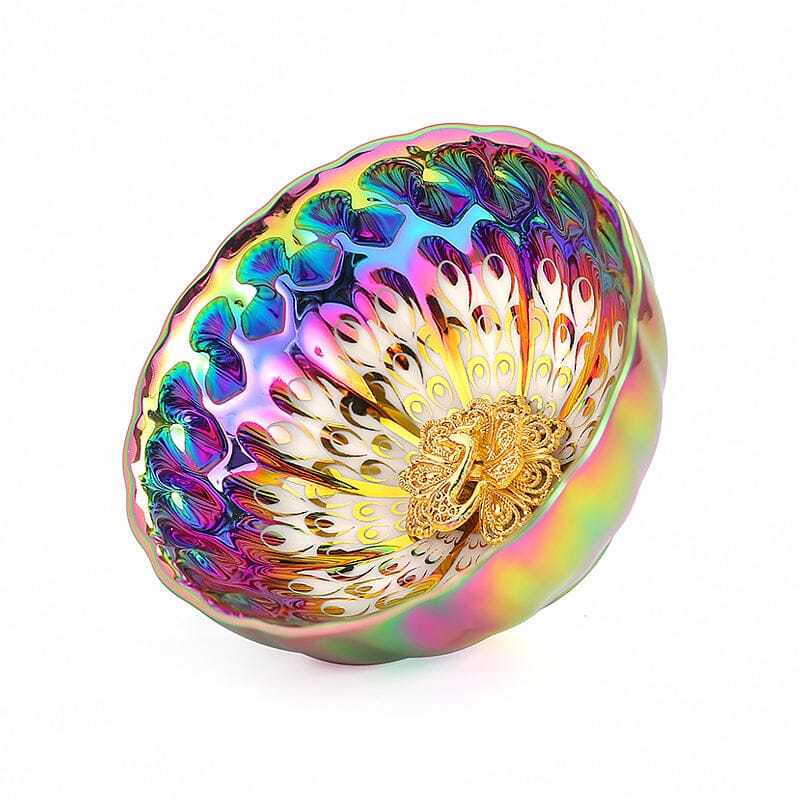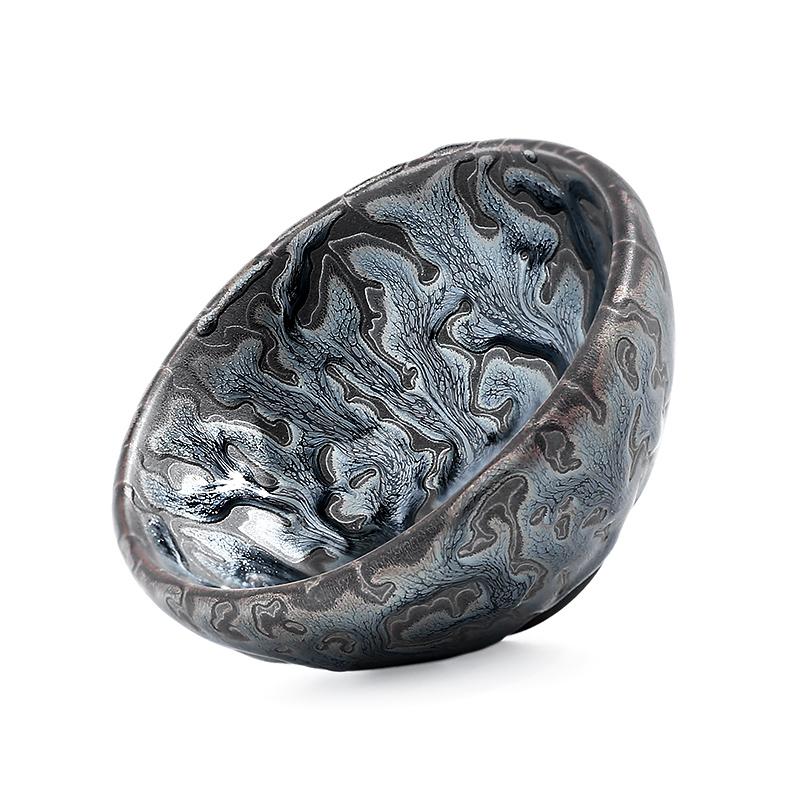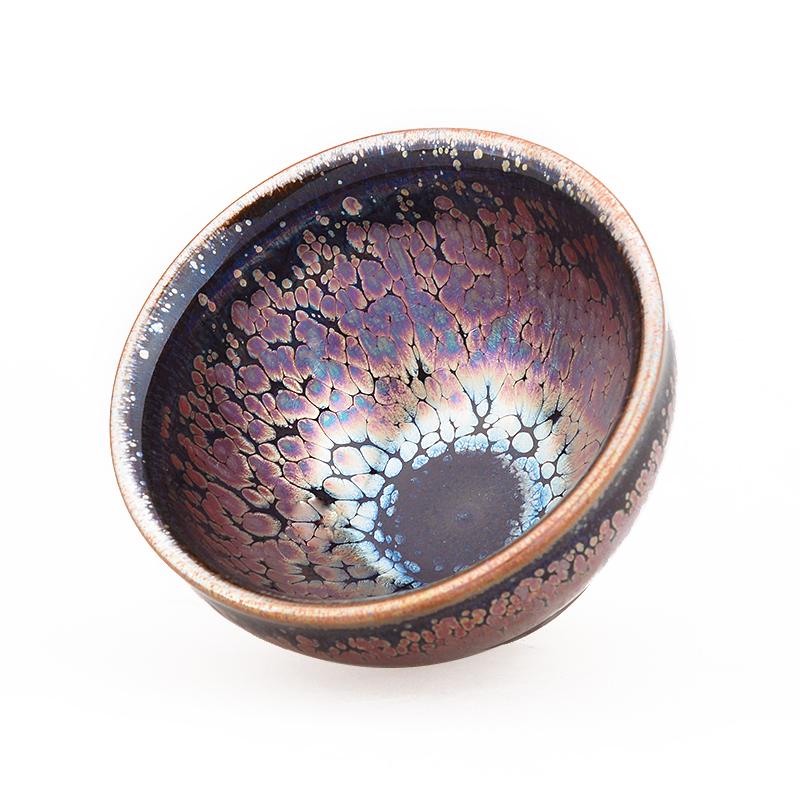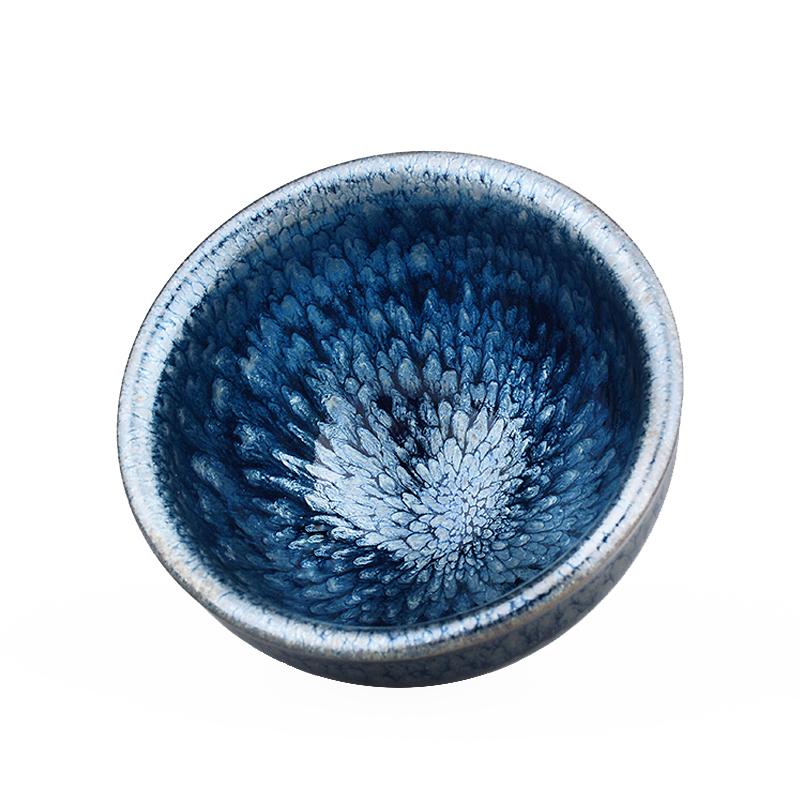In tea ceremony performances and tea-tasting gatherings, sitting posture is the foundation of displaying tea ceremony etiquette. A proper tea ceremony sitting posture not only conveys profound respect for tea and others but also helps maintain comfort and focus during tea utensil handling and tea tasting, infusing the entire tea ceremony with an atmosphere of elegance and composure. This article systematically explains the standards, professional tea artist sitting skills and core points of sitting posture in tea ceremony etiquette, helping you master this important etiquette detail that showcases good taste.
1. Core Value and Etiquette Significance of Tea Ceremony Sitting Posture

2. Basic Standards and Practical Skills of Tea Ceremony Sitting Posture
Upright and stretched upper body: The waist and back are naturally straight, shoulders are relaxed and sink avoiding hunching or excessive stiffness. The head is upright and level, with eyes focused on the tea table or communication partner, showing a focused and composed expression, which is the core point of professional tea ceremony sitting posture.
Moderate waist fit: If there is a backrest, the waist can lightly lean against it, but not fully rely on it; one must maintain the initiative and uprightness of the body. Without a backrest, more attention should be paid to the natural exertion of the waist to maintain a straight and stretched state, which is the key to maintaining a comfortable sitting posture during tea tasting.
Natural relaxation of chest and abdomen: Avoid deliberate chest protrusion and abdomen contraction that cause excessive tension; keep breathing smooth and let the body be in a comfortable and natural state, making the tea ceremony sitting posture both standard and not stiff.
Standard sitting posture for women: Feet are Close together or legs are slightly Close together sideways, toes facing forward or slightly tilted, knees Close together and calves are naturally perpendicular to the ground. If wearing a skirt, the hem should be arranged in advance to avoid indecent postures, which is the standard requirement for female tea artists' sitting posture.
Standard sitting posture for men: Feet can naturally be separated shoulder-width apart, toes facing forward, knees bent at about 90 degrees, and calves perpendicular to the ground, showing a calm and generous demeanor that conforms to the characteristics of male tea ceremony etiquette sitting posture.
Forbidden leg movements: It is strictly prohibited to cross legs, shake legs, or stretch legs too long or cross them randomly. Such actions will seriously damage the dignity and etiquette of the sitting posture and are taboos in tea ceremony sitting posture.
Hands can be naturally placed on the thighs, palms down or lightly clenched; or the right hand can be gently placed on the left hand, folded on the lap, maintaining a relaxed and not tense state that conforms to the elegant principles of tea ceremony etiquette.
During tea ceremony operations, hand movements should naturally extend from the sitting posture with moderate range, avoiding disrupting the body's stability due to excessive movements, and ensuring the coordination and unity of operations and sitting posture.
3. Sitting Posture Adjustment Skills and Etiquette Requirements in Different Scenarios
4. Practical Notes and Training Methods for Tea Ceremony Sitting Posture
Avoid excessive stiffness: Although the sitting posture needs to be upright, it should not be deliberately tense. One should maintain natural relaxation on the basis of being straight, keeping the body in a comfortable state; otherwise, it is easy to cause fatigue and affect the activity experience. Beginners can find the balance between standard and comfort through repeated practice.
Maintain focus and composure: Sitting posture is not only a body posture but also reflects the state of mind. In tea ceremony activities, one must keep the mind calm, allowing the sitting posture to naturally show a calm and composed temperament, integrating with the elegant artistic conception of tea, which is one of the core goals of tea ceremony etiquette training.
Adapt to seat types: Different seats (such as Taishi chairs, round-back chairs, futons, etc.) have different requirements for sitting posture. After sitting down, one needs to quickly adapt to the characteristics of the seat, adjust the body's center of gravity, ensure a stable and appropriate sitting posture, and master the tea ceremony sitting posture adjustment skills in different scenarios.
Posture connection in dynamic movements: During dynamic processes such as getting up to get tea or passing tea utensils, one should first adjust the sitting posture, then get up gently and slowly, avoiding disrupting the overall etiquette standards due to hasty movements, and achieving etiquette coherence between movement and stillness.










Compartir:
How to brew Manzhuan Ancient Tree Pu'er Tea
Why is Pu'er Tea Wrapped in Cotton Paper?